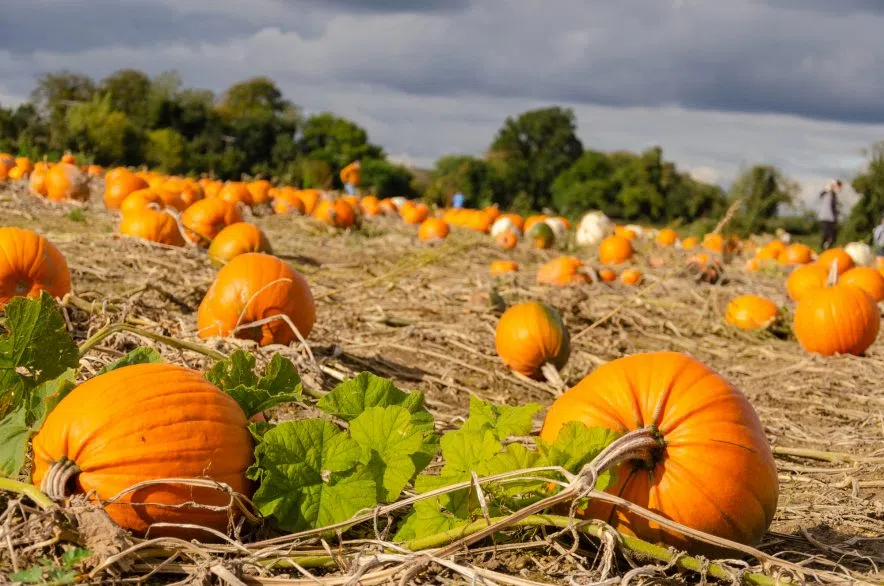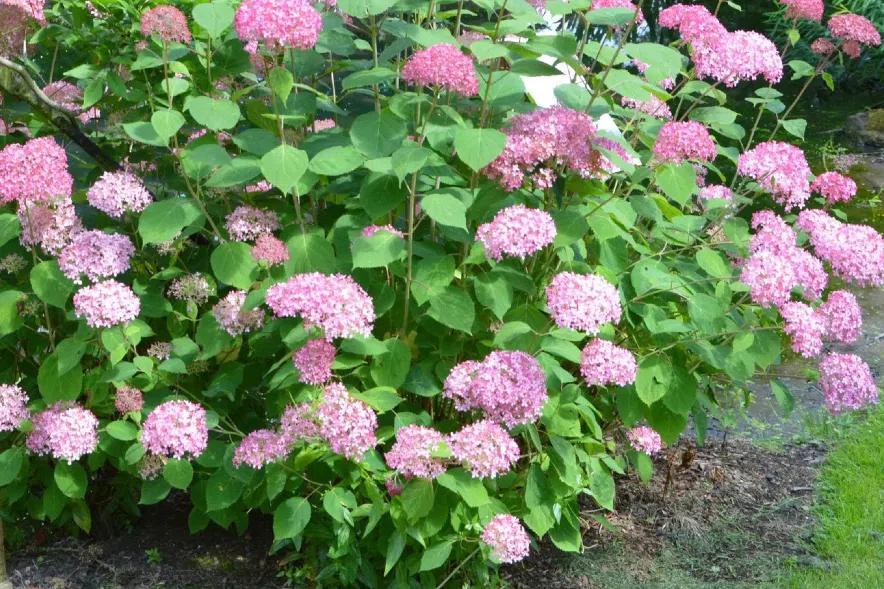Jill and Rick Van Duyvendyk answer all your gardening questions in Garden Talk on 650 CKOM and 980 CJME every Sunday morning from 9 a.m. to 11 a.m.
Here are a selection of questions and answers from our Aug. 11 show:
Q:
A: Some of mine are still doing that. I think it was the late spring. You don’t want to be fertilizing your hydrangeas right now, you want them to be shutting down. You can, however, add a little bit of aluminum sulfate around the base of the plant to help with the blooming especially, in the central part of Saskatchewan. Don’t just apply it once do it throughout the growing season. Apply aluminum sulfate every time you fertilize and keep doing it every year because our water often has a high pH and it takes a while to lower that number in the soil.
Q: We have lots of Canada thistle in our forest. Will glyphosate hurt the needles on spruce trees or Scotts pine?
A: It will if the trees have new growth, but once is done, it won’t hurt them. You can spray it onto evergreens. I’ve sprayed a low spreading juniper that had quack grass growing in it in the fall and it didn’t kill the juniper but it killed the grass.
When you spray, make sure you start at the back of the lot and walk backwards. Don’t walk through the spray. Once you spray them, you need to pick the flower heads and put them in a garbage bag because they will still go to seed. Spraying does not kill the seeds, only the plants.

(Streaq /Depositphotos.com)
Q: How should I care for my squash, pumpkin and cucumbers at this time of year?
A: If temperatures drop to around 2 C throw a light bed sheet over top of them. A roll of frost blanket is inexpensive, and it can be reused year to year and also to start your plants in the spring.
Q: How can I prevent my tomato plants in buckets getting blossom end rot?
A: Blossom end rot starts showing up this time of year. You need to be consistent with watering and when you have tomatoes planted in a bucket, you need to fertilize more often because the soil is going to be leaching through. Use a tomato fertilizer with added calcium and when you’re watering every day, apply fertilizer once a week.
See Dutch Growers’ guide to banishing blossom end rot here.
Q: My prairie sour cherry trees produced an abundant crop which ripened inconsistently and very late. Many of the cherries have small white worms in them. When is the best time to prune? How do you deal with the worms?
A: Re the worms: Pick all the cherries before they fall. Don’t let the cherries fall into the ground, as the worms can go as larvae into the soil and come up as a fly next spring or summer. You can destroy the affected fruit try to beat that cycle that way. Don’t throw them in the compost or anything like that. Remove them from your yard. You can also put up fake apple lures that are sticky, as decoy fruit so they lay their eggs on those.
Pruning happens either late fall or early spring — in March or first week of April.
Q: I planted garlic at the end of October last year. It came up very early and now has huge bulbs, but the leaves are all dried up. Do I keep watering or do I pull it? How do I keep it over winter?
A: If they’re all dried up, you could harvest it now if you want, but you can also leave them in the ground until fall. Keep watering a little, but you don’t want the ground to be wet — just keep a little bit of moisture in the ground so it isn’t sucking all the moisture out of the bulbs.
When you harvest them put the bulbs on some paper and let them dry out, then put them in mesh bags and store in a cool dry place. You don’t have to cut the tops off when drying the bulbs. You can braid the bulbs together and hang them to dry.
Q: I’m trying to grow my first clematis. It was planted into the ground about mid-June, and I’ve been watering it regularly. It has about four inches of mulch around it all the way to the stem but it is browning from the bottom up. What am I doing wrong?
A: Clematis like cool roots. If it’s still got a green top it sounds like you put mulch around the around the base. Don’t put mulch too deep up against the stem of the plants. If you have four inches of mulch you need to make it shallower around the stem by building a well around it. You don’t want to keep it too dry or too wet.
Clematis grow really quickly and can grow to 12 feet. You always will get the leaves right at the base of the trunk turning brown and falling off, that’s a natural thing. Plant some lower-growing perennials around the base to hide that bald spot; they will also provide a little bit of shade to keep the roots cool. They usually take about two to three years to fully develop, so don’t expect a lot the first year. By the third year you should start seeing flowers.
These questions and answers have been edited and condensed.
Read more:












